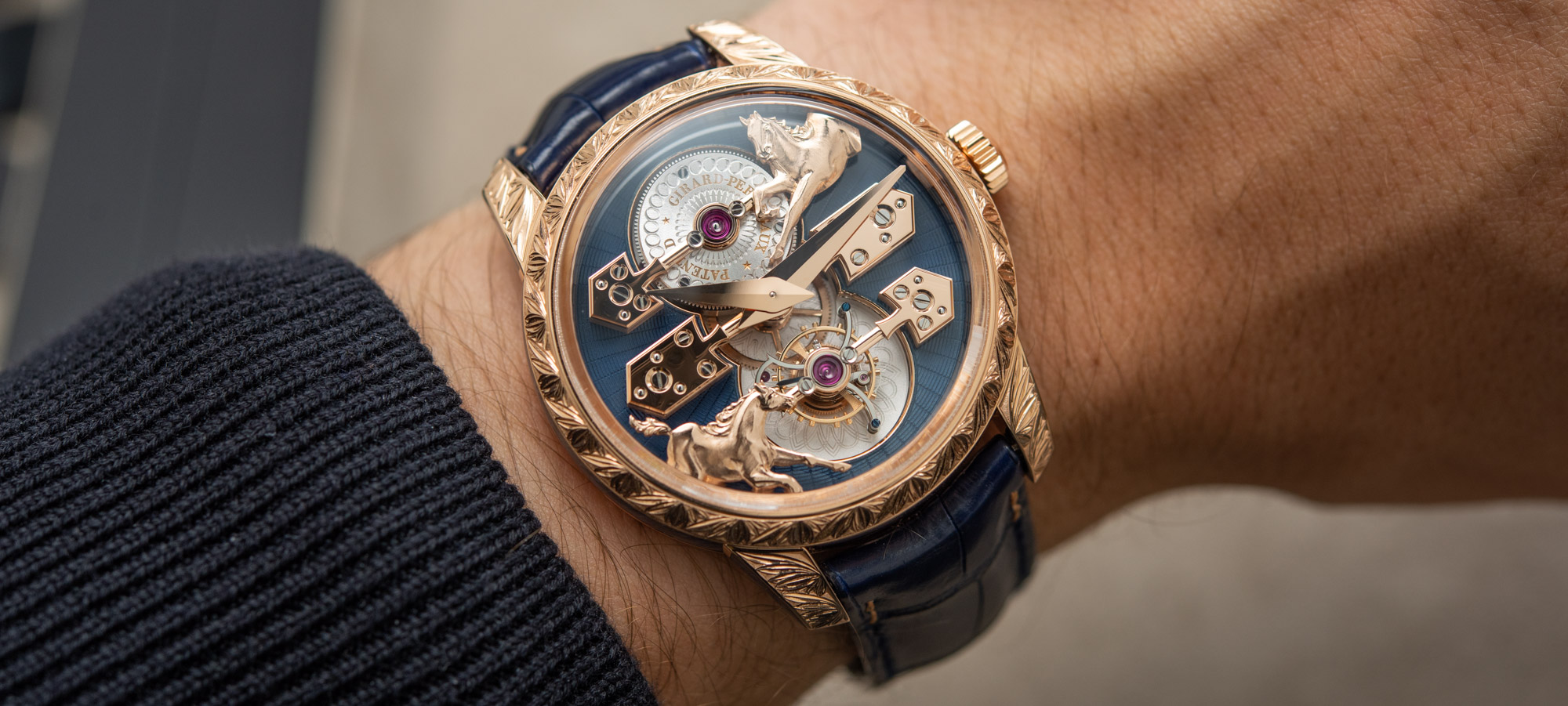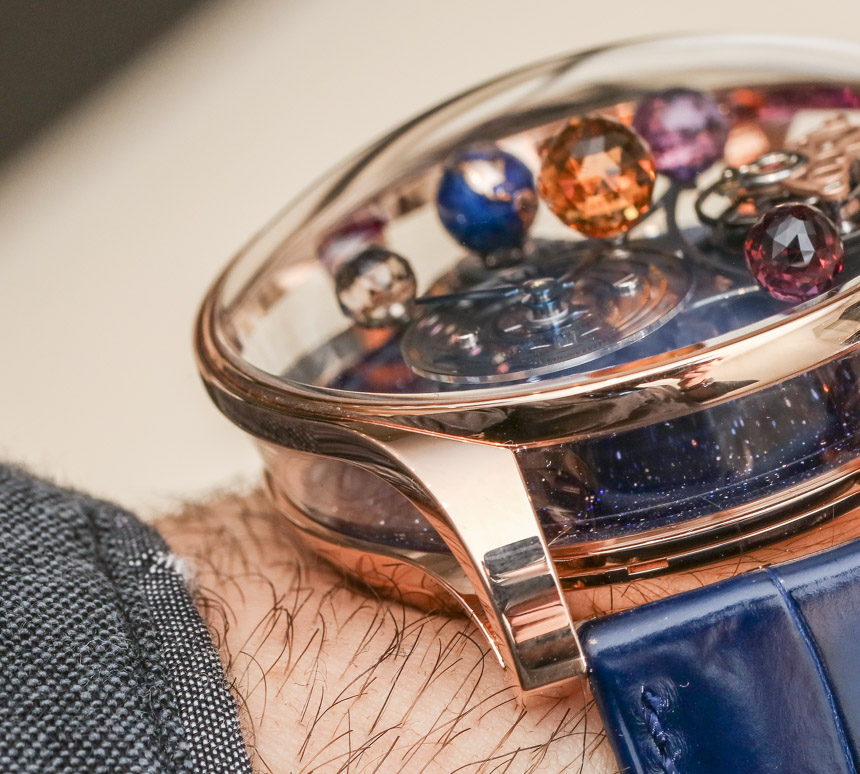
Ever since I started intensively learning about watches in the early 2000s, one fact was abundantly apparent to me: I wasn’t going to be able to afford most of this stuff. Like many other watch lovers out there, my interaction with this hobby is one of both patience and abstinence. I simply cannot have much of what I find interesting. Nevertheless, I voraciously consume information about products and brands that my bank account has no business flirting with. Is it because I have a masochistic tendency to tease myself with things that are just beyond my reach, or is there a larger value in learning about products that I cannot buy?
One of the most popular sentiments we see on aBlogtoWatch after publishing content about particularly expensive or lavish products seems to be, “Who is this product made for, and who is buying this?” There appears to be not only dissonance that these products are unaffordable to most but also curiosity as to who is actually buying them. We timepiece enthusiasts even go to great lengths to imagine in our minds what types of personalities purchase and wear some of the world’s most expensive watches. This often results in rather silly conversations about the fashion and lifestyle choices of celebrities and oligarchs. What I have found is that those people are often more similar to regular watch enthusiasts than we might expect — only they have more expanded budgets. A short summary of the situation is to suggest that most of us, if given that type of disposable income, would probably make similar watch purchase decisions.
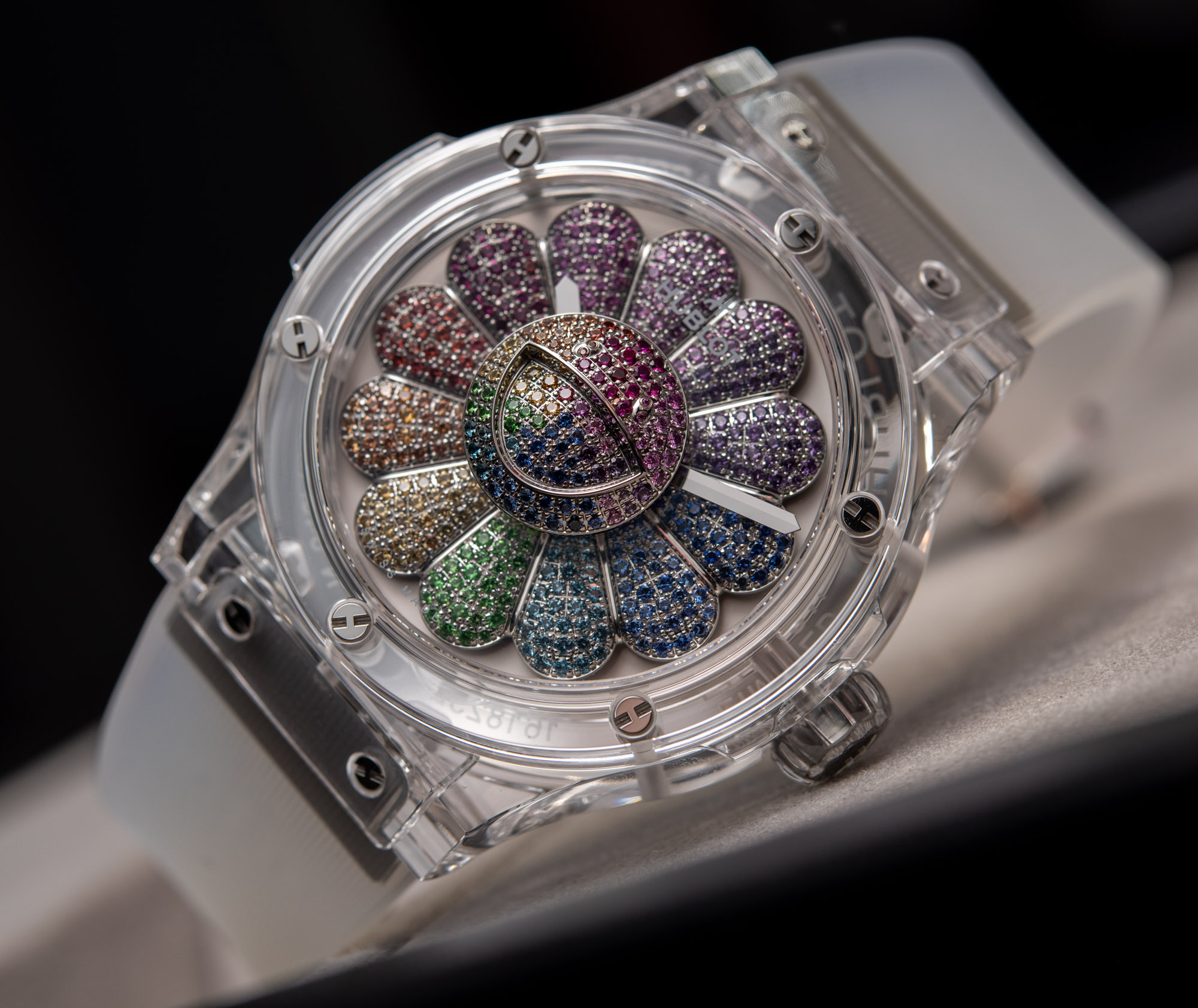
Nevertheless, there is a larger topic to discuss related to the wisdom of even reading about watches you cannot afford. There are some people, merely seeking to limit their own levels of stress, who feel it is a waste of time to learn about watches they cannot afford. They would prefer that each timepiece choice presented to them in our human-curated aBlogtoWatch stream, or software algorithms elsewhere, be something they can afford (and ideally, suited to their own individual tastes). This approach, however, is decidedly different from my own philosophy, and if anything, I encourage people to learn about and get excited about watches they cannot afford.
Let’s first look at things from a historical perspective. Timepieces started out as ultra-luxury items in the 17th and 18th centuries, affordable only to royalty, elites, and the world’s most powerful merchants. It was not until the late 19th century that timepieces of any kind became affordable enough for more people in society to own them. It was not until the 20th century that timepieces became affordable enough for nearly anyone to own. That means that, for much of the history of timepieces and watches, only the highest economic classes could afford them.
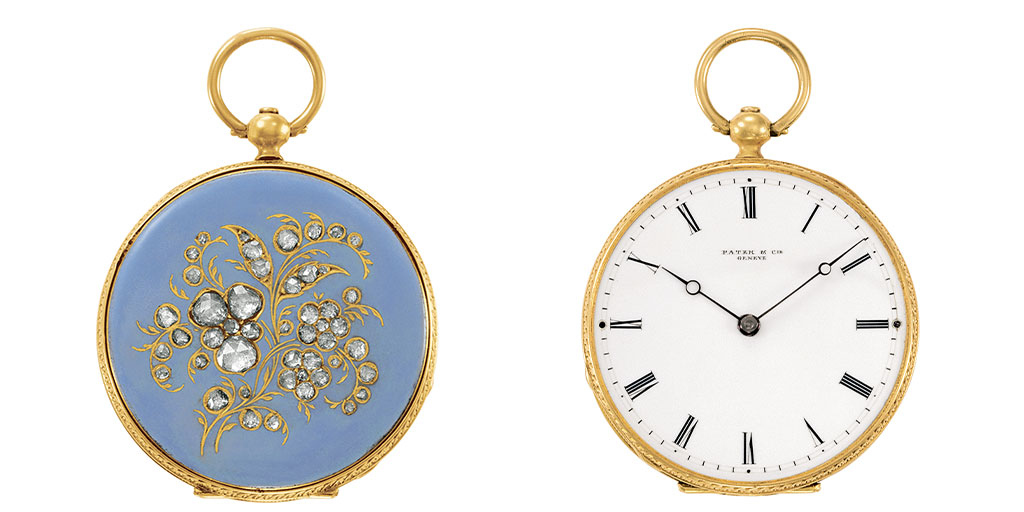
During most of the 20th century, affordable wristwatches were designed as inexpensive alternatives to fancier wristwatches. Alternatively, inexpensive wristwatches were functional tools with little artistic or emotive value much of the time. It was not until the late 1980s and 1990s that an enthusiast watch community really started to form, bringing timekeeping as art (versus a form of utility) to adoring wrists. Since then, the market for enthusiast watches of all types has exploded, with fans today easily misunderstanding the historical narrative around how mainstream watch enthusiasts (as opposed to high-luxury spenders) are a relatively recent market phenomenon.

Very rich people purchase luxury watches for pretty much the same reasons as everyone else. Watches make excellent trophies and serve as visible ornaments that communicate about someone’s tastes, personality, and success. The more accomplished a person sees themselves as (and the more they wish to project that sense of accomplishment), the more elaborate a luxury timepiece they might choose. It is interesting that wristwatches can serve similar functions today as a king’s crown, a noble person’s regal attire, or an aristocrat’s carriage might’ve in centuries past. I’ve spoken at length in other articles about the symbolic value wristwatches have in society outside of their more straightforward purpose of telling the time.

That some of these wildly elaborate luxury watches are silly-looking to some people or considered to be in bad taste is to be expected. One person’s intention to show off is often met with another person’s annoyance. This goes beyond watches and is merely part of social psychology. It’s also striking to think about the dichotomy between watch enthusiasts who are primarily interested in mechanics, versus those who are drawn in mostly by aesthetics. Thus, people who like watches for the mechanics and design might feel less comfortable wrapping their minds around the fashion and communicative value that wearing those timepieces in various contexts can have. I am certainly someone who is more in the camp of being interested in things versus people, but to do my job well, I’ve also had to carefully understand the psychological roles that watches play both for the people wearing them and the people seeing them worn on the wrists of others.

The reason I mention all of this is that before I explain the intellectual virtues of why we should be interested in watches we cannot afford, I want to attempt to dispel the understandable cognitive dissonance that arises. Just because aBlogtoWatch and other watch media cover products you cannot buy, that doesn’t mean you should feel bad about not being able to afford them, or that you are somehow not going to be a happy watch collector if you can never spend $50,000 USD on a single timepiece. An analogy I like to use is with the content of car magazines I read a lot when I was growing up. Most issues covered at least a few supercars that got lots of editorial attention, but very little actual consumer interest. I eventually learned that car magazines found that if they only covered the cars people were normally buying (Toyotas, Hondas, etc.), their readership numbers would go down. The moral of the story is that a lot of automotive enthusiasts would come for the Ferrari but stay for the Ford.
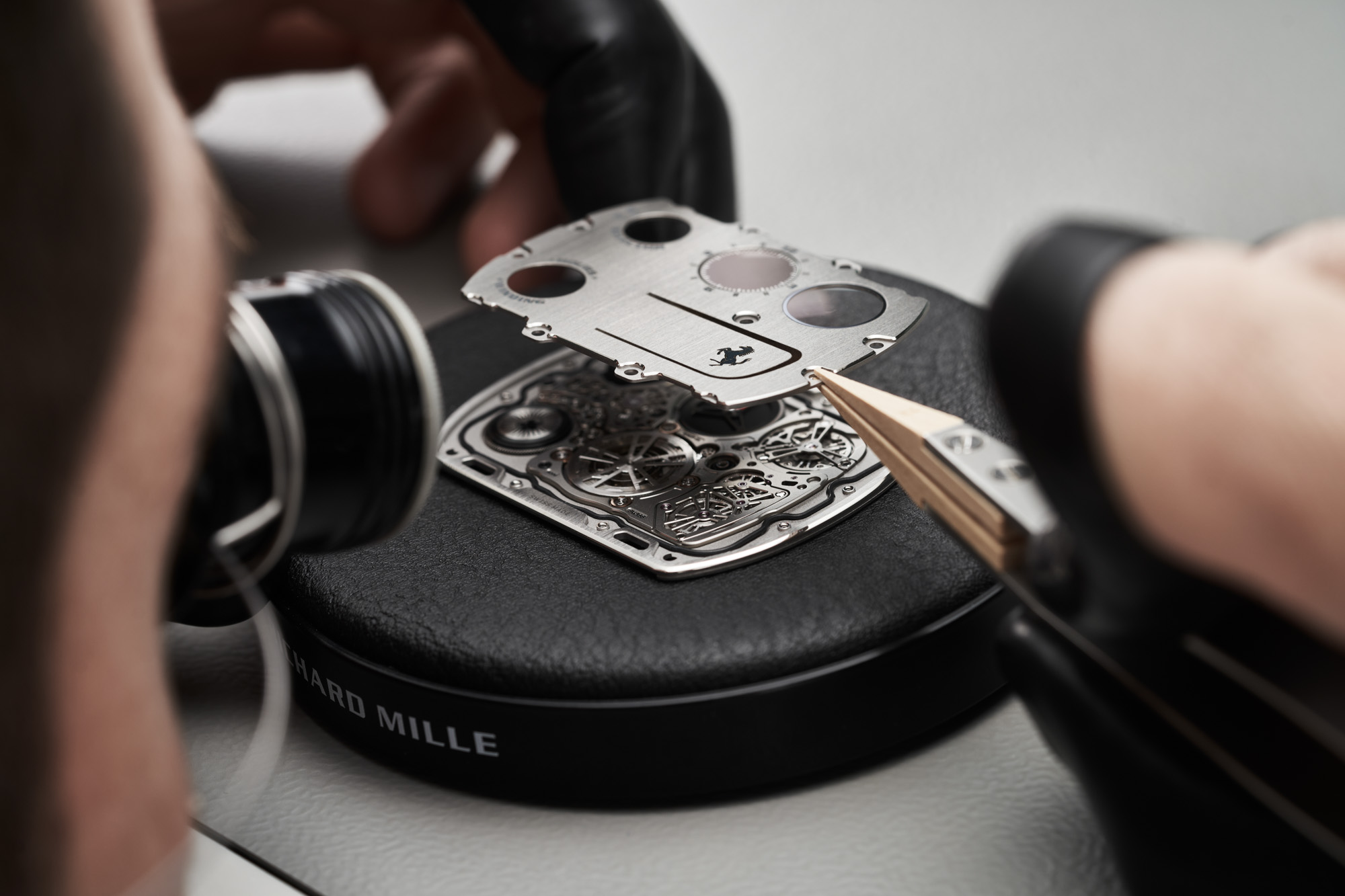 I’d like to think that aBlogtoWatch and the best of other watch media operate in the same way. We try to cover a full spectrum of the most interesting timepieces out there, at all price levels. No one other than aBlogtoWatch actually puts so much effort into having as many good wristwatch purchase options at all price levels. The idea is to make sure that everyone who comes to the website is on the same page as to what is happening in the watch industry, but that there are good options for all budgets.
I’d like to think that aBlogtoWatch and the best of other watch media operate in the same way. We try to cover a full spectrum of the most interesting timepieces out there, at all price levels. No one other than aBlogtoWatch actually puts so much effort into having as many good wristwatch purchase options at all price levels. The idea is to make sure that everyone who comes to the website is on the same page as to what is happening in the watch industry, but that there are good options for all budgets.
I also want to mention that no matter the spending level, buyers typically look for the same types of things in a wristwatch. This is a very important point to make because I notice that a lot of watch enthusiasts appear to believe that very rich consumers purchase more spuriously, or without as much care regarding what they are buying. I will posit that consumers at all price levels are equally prone to purchasing frivolously as well as with occasional hyper-focus on value, such that you will not take out your wallet unless you feel as though you are getting some manner of a “good deal.” I want to dispel the myth that by somehow having a lot of money, your instincts as a consumer change (for better or worse).
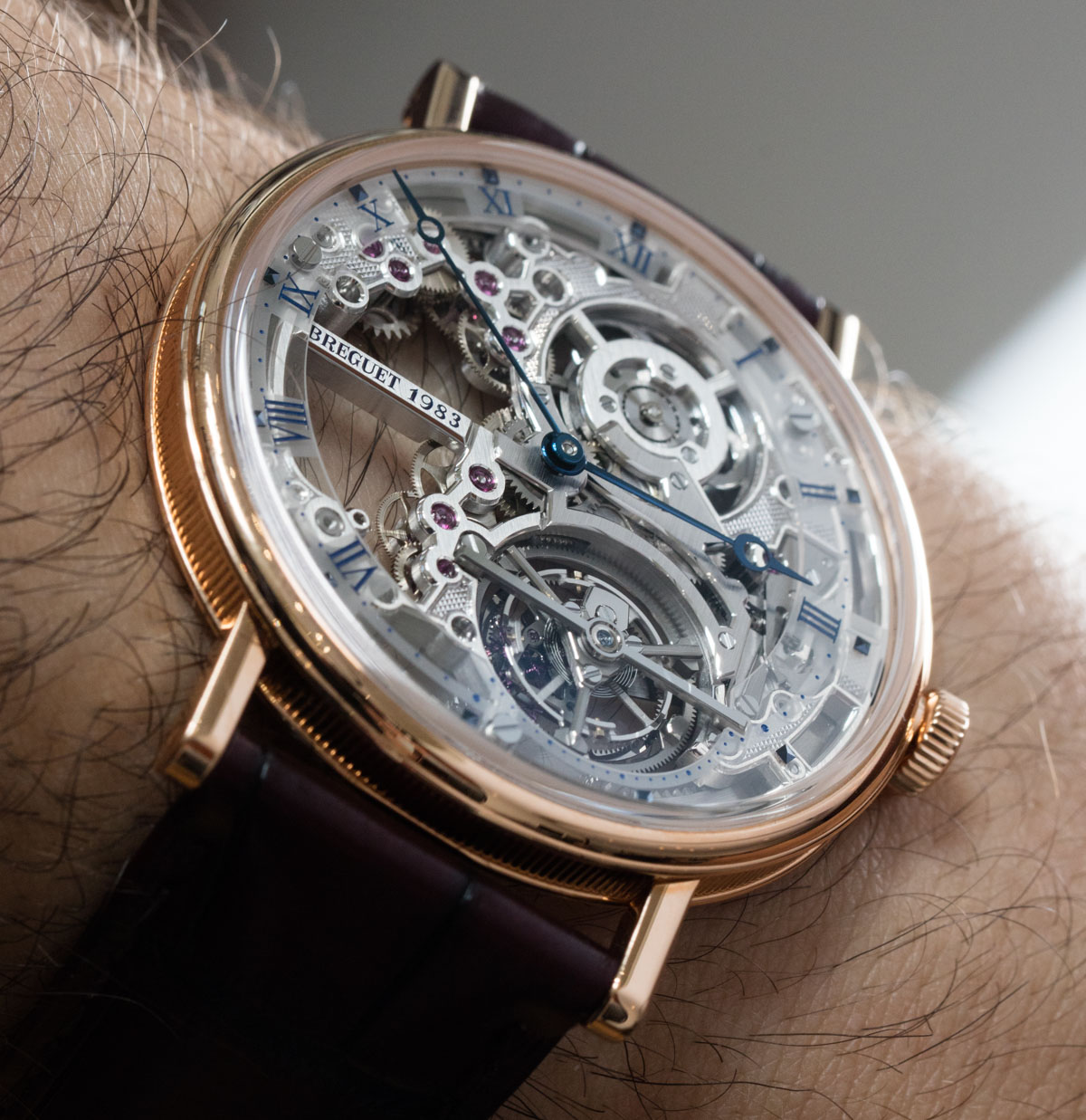 What ultra-high-end luxury watches do that lower-end watches frequently don’t do is try new things. Those things can either be artistic or technical, and either minute or profound. In any event, it is only the rare case that a new material, visual design, or mechanical system is introduced into a lower-end product. The high-luxury world of watches is also the domain of high creativity and risk. Weird shapes, novel materials, and experimental technology all find homes in the rarest of wristwatches to begin with. The good news is that successful concepts often trickle down.
What ultra-high-end luxury watches do that lower-end watches frequently don’t do is try new things. Those things can either be artistic or technical, and either minute or profound. In any event, it is only the rare case that a new material, visual design, or mechanical system is introduced into a lower-end product. The high-luxury world of watches is also the domain of high creativity and risk. Weird shapes, novel materials, and experimental technology all find homes in the rarest of wristwatches to begin with. The good news is that successful concepts often trickle down.
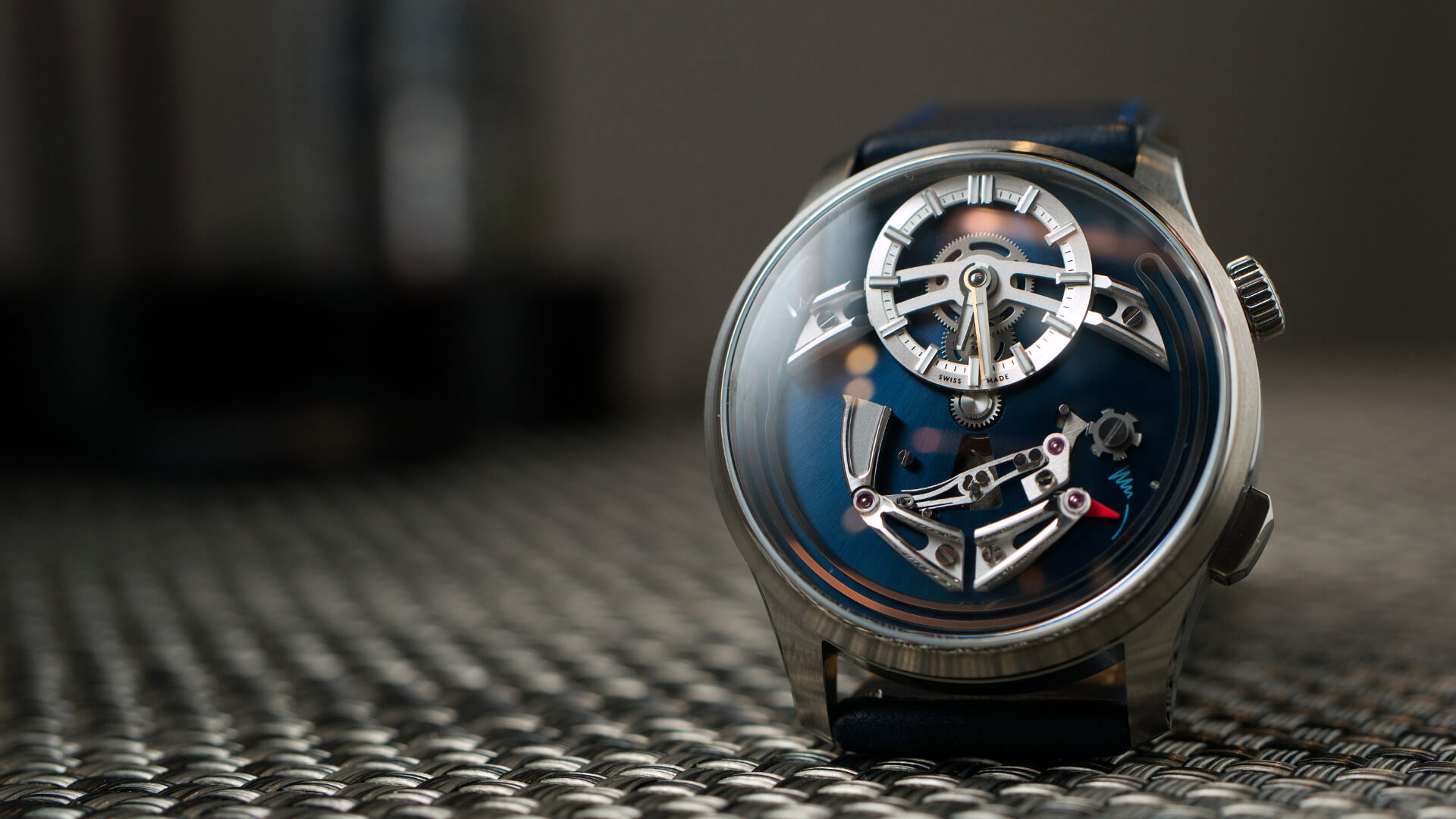 An interesting example is the tourbillon. About 20 years ago, it was hard to find a serious tourbillon-based mechanical wristwatch for much under $100,000 USD. Wearing one of the animated mechanisms on your wrist became a sign of wealth more so than appreciating the horological arts. The race was then on to create similar-quality, but lower-priced tourbillon watches given that there was clear market demand. Today, you can purchase an authentic Swiss Made tourbillon for around $5,000 USD, and decently operating Chinese tourbillon-based watches start at around $1,000 USD. This is excellent proof of how market demand and interest in a once-exclusive feature in mechanical watches can result in the availability of much more affordable options in a relatively narrow window of time.
An interesting example is the tourbillon. About 20 years ago, it was hard to find a serious tourbillon-based mechanical wristwatch for much under $100,000 USD. Wearing one of the animated mechanisms on your wrist became a sign of wealth more so than appreciating the horological arts. The race was then on to create similar-quality, but lower-priced tourbillon watches given that there was clear market demand. Today, you can purchase an authentic Swiss Made tourbillon for around $5,000 USD, and decently operating Chinese tourbillon-based watches start at around $1,000 USD. This is excellent proof of how market demand and interest in a once-exclusive feature in mechanical watches can result in the availability of much more affordable options in a relatively narrow window of time.
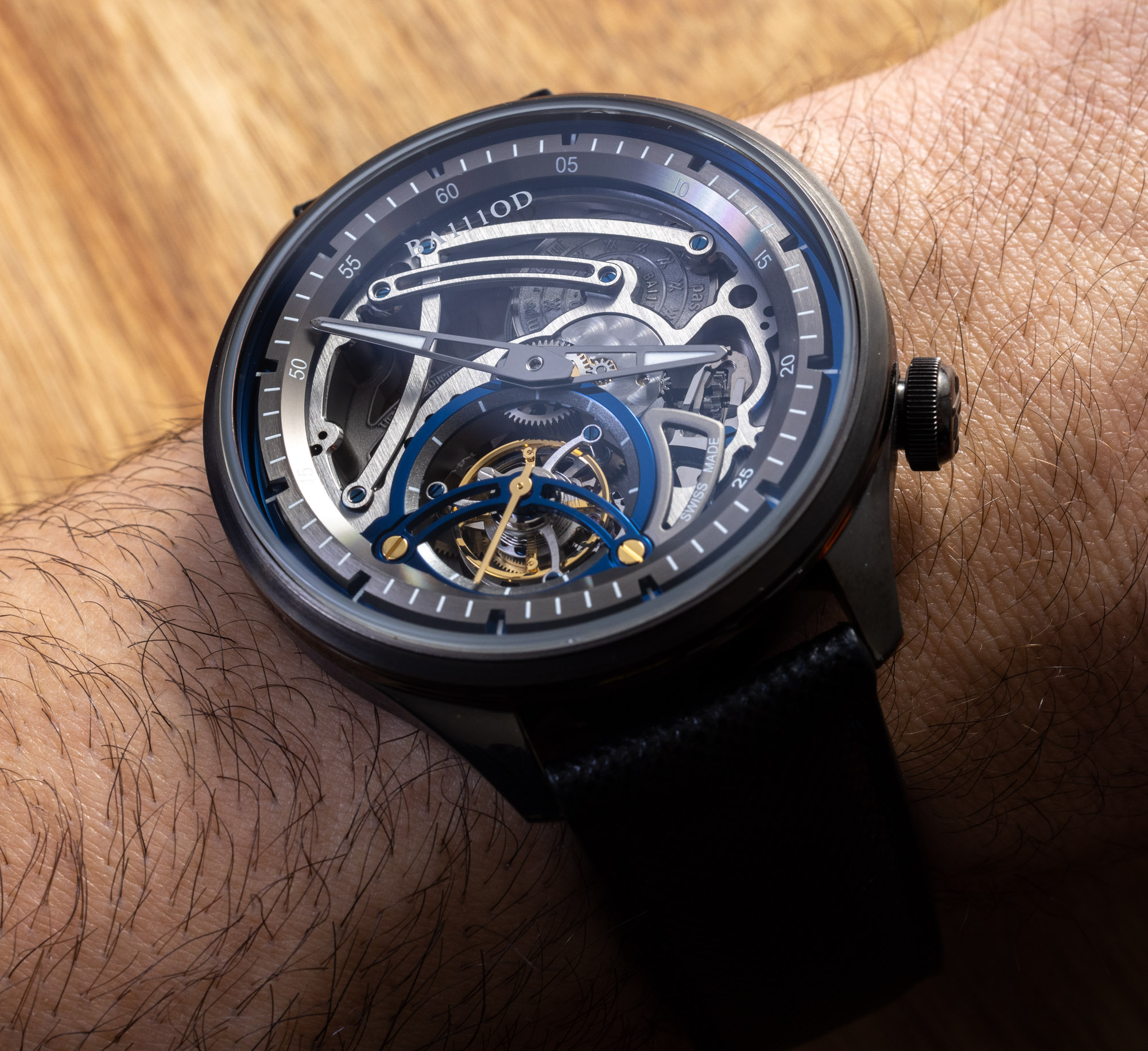 The trickling down of trends and features in successful high-end watches to more affordable products is both real and a huge part of the timepiece enthusiast collector community today. Watch brands need places to experiment with materials and mechanisms that might not be ready for mass production quite yet. In fact, much of the time, it is the richest watch buyers who end up being beta testers for watch technologies that don’t always work. Watch brands have a playbook of strategies to choose from when a consumer presents evidence that a highly complicated watch they just purchased keeps breaking. These strategies rely on a close relationship between the consumer and the brand and require that the consumer be relatively forgiving. Ultra-wealthy consumers of luxury watches actually end up being far more forgiving about broken timepieces than your average consumer of a $5,000 product. That means watchmakers are wisest to work the kinks out of new things before ever daring to make them mainstream.
The trickling down of trends and features in successful high-end watches to more affordable products is both real and a huge part of the timepiece enthusiast collector community today. Watch brands need places to experiment with materials and mechanisms that might not be ready for mass production quite yet. In fact, much of the time, it is the richest watch buyers who end up being beta testers for watch technologies that don’t always work. Watch brands have a playbook of strategies to choose from when a consumer presents evidence that a highly complicated watch they just purchased keeps breaking. These strategies rely on a close relationship between the consumer and the brand and require that the consumer be relatively forgiving. Ultra-wealthy consumers of luxury watches actually end up being far more forgiving about broken timepieces than your average consumer of a $5,000 product. That means watchmakers are wisest to work the kinks out of new things before ever daring to make them mainstream.
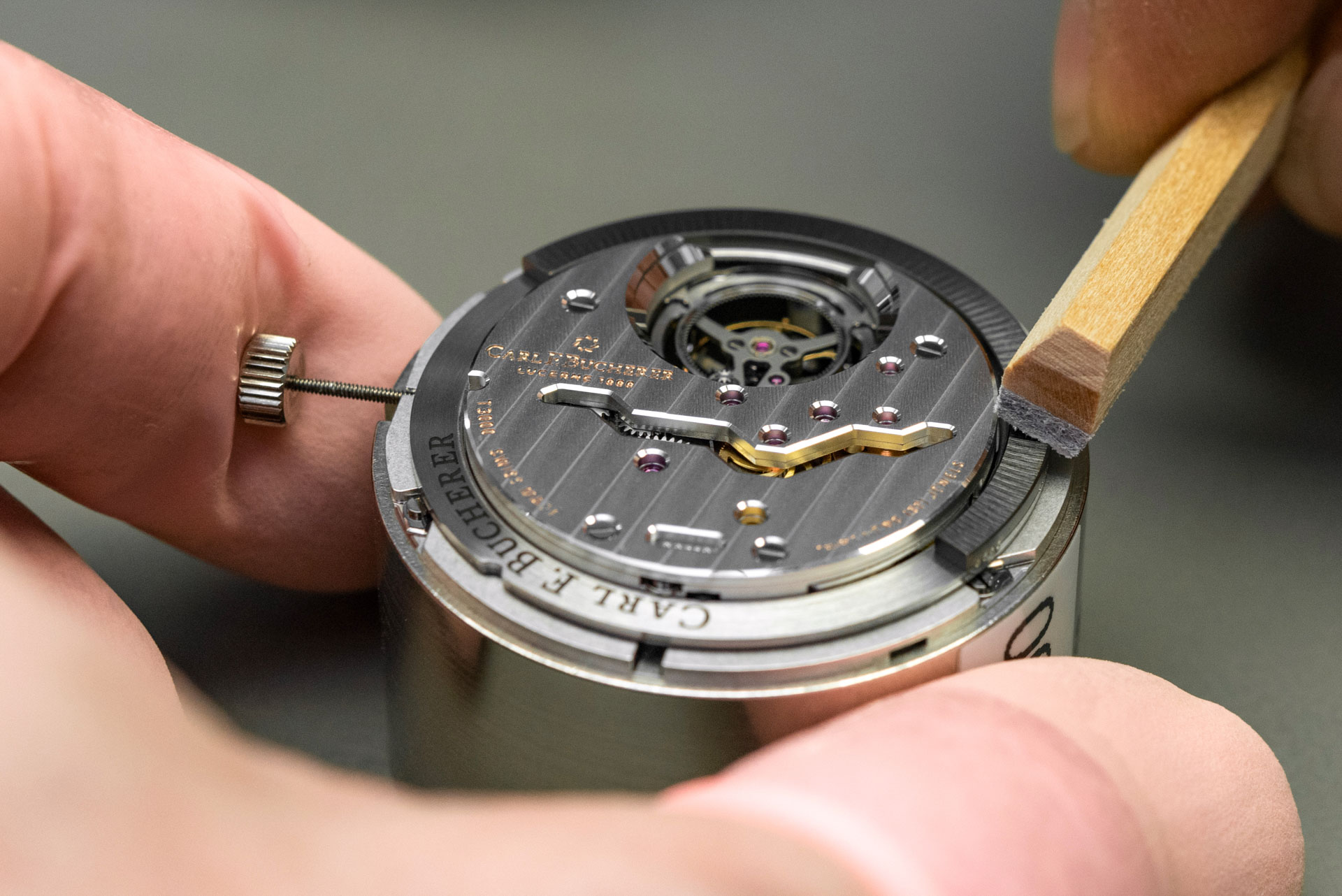 There is also the matter of appreciating art for art’s sake. Much of the time, I want to learn about new high-end watches to merely experience what is novel about them. I don’t examine them with ideas about personal ownership (though that would sometimes be nice), but rather as someone who appreciates their art form and wants to understand how this new composition changes or adds to the larger body of work out there that we can collectively refer to as “wristwatch art and culture.” As modern watch lovers, part of our job is to create a sense of watch culture. That means actively having an opinion on all the major watches and brands out there, even if we don’t consider ourselves to be direct potential customers. The culture of what is popular, what is esoteric, what is controversial, and what is beautiful is what makes watch conversation a real thing, and what keeps us interested in learning about watches even when we aren’t in a purchasing mode. So, if you like watches and aren’t learning about watches that you both buy and don’t buy, you really aren’t fully participating in modern watch culture and conversation.
There is also the matter of appreciating art for art’s sake. Much of the time, I want to learn about new high-end watches to merely experience what is novel about them. I don’t examine them with ideas about personal ownership (though that would sometimes be nice), but rather as someone who appreciates their art form and wants to understand how this new composition changes or adds to the larger body of work out there that we can collectively refer to as “wristwatch art and culture.” As modern watch lovers, part of our job is to create a sense of watch culture. That means actively having an opinion on all the major watches and brands out there, even if we don’t consider ourselves to be direct potential customers. The culture of what is popular, what is esoteric, what is controversial, and what is beautiful is what makes watch conversation a real thing, and what keeps us interested in learning about watches even when we aren’t in a purchasing mode. So, if you like watches and aren’t learning about watches that you both buy and don’t buy, you really aren’t fully participating in modern watch culture and conversation.
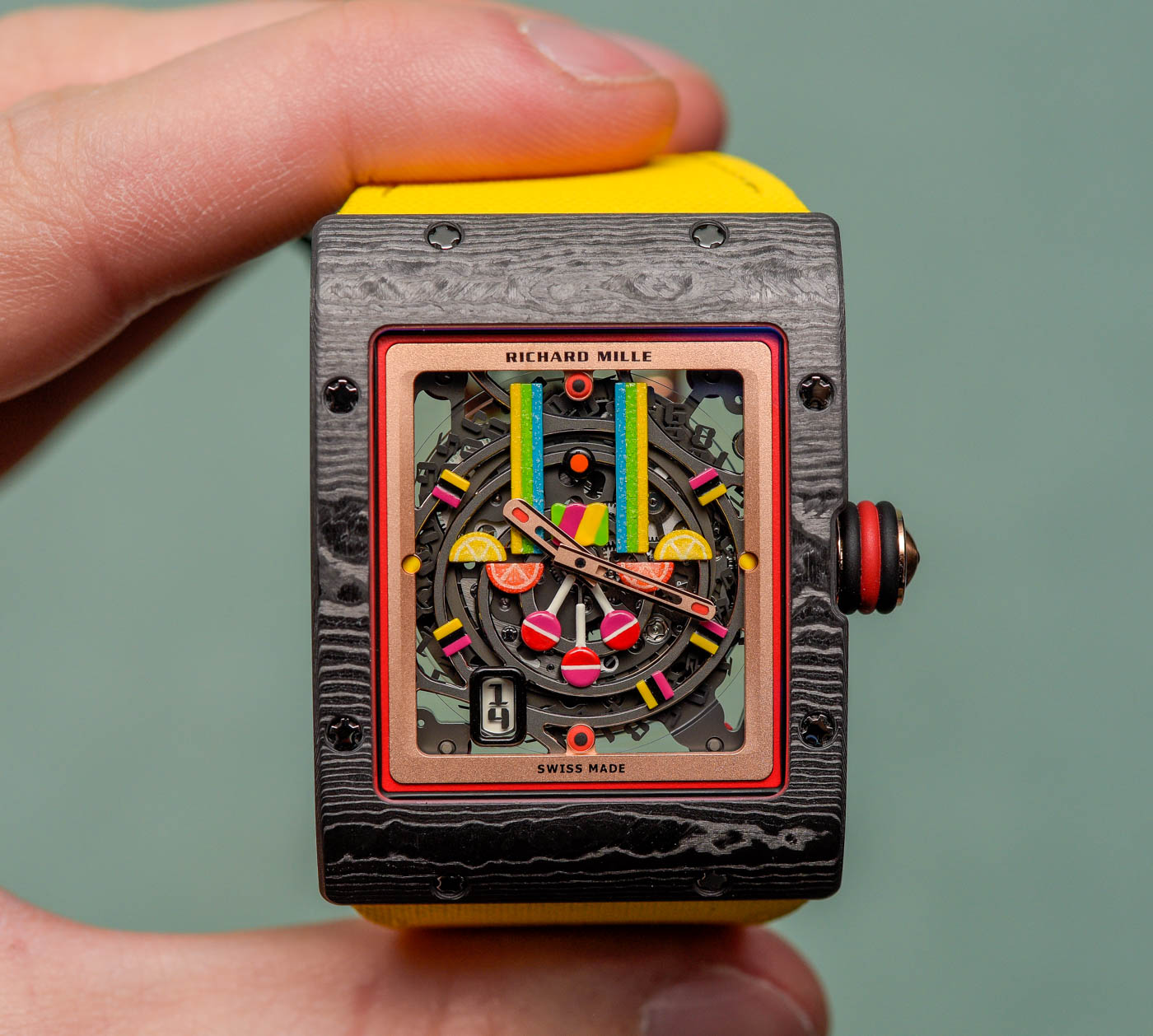
A final reason to be interested in watches you cannot afford is merely for the sake of aspirational motivation. Humans are goal-based creatures, and we often make life decisions as a means of fulfilling a goal, no matter how silly some of these goals may be. For example, one person might look at a wristwatch they cannot afford and relegate it to the pile of things that are not, and never will be, relevant to them. These people might appreciate the watches but do not form any emotional connection with or desire for these products, and thus those items do not influence their lives. Another classification of people has a very different approach altogether. They see the high-end watch as not only something they want to wear, but the ownership of it becomes a goal. They will strive to earn success and income not for the sake of being an accomplished business person, but rather as a vector to acquire the material goods that they want. We can have endless moral debates on this psychology, but the fact remains that sometimes people do great things for the world merely to satisfy very narrow personal rewards (like owning a very special wristwatch). The moral of the story is that sometimes it takes a prize like an expensive wristwatch they cannot currently afford to motivate people to achieve larger goals they might not otherwise attempt.
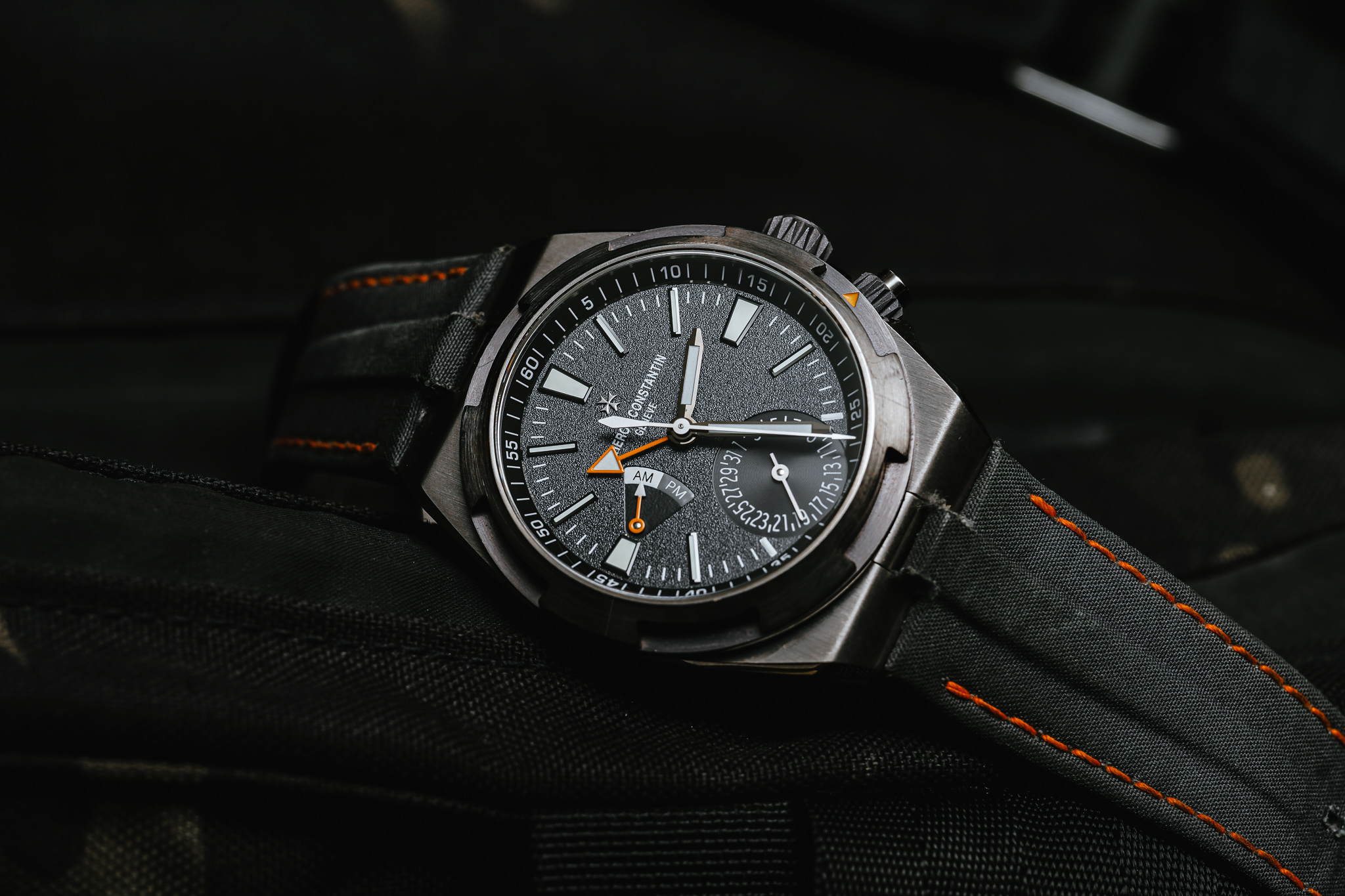
I sympathize with anyone who has been frustrated by their inability to afford a nice wristwatch. This is something I have personally experienced many thousands of times. What keeps me going is the fact that there are always plenty of wristwatches out there that I can afford, and continuing to be aware of the larger culture around wristwatches keeps me engaged and engaging, intellectually interested, and much happier with the timepieces that I do wear. Very rich people purchase wristwatches for more or less the same reasons as everyone else. You might not be able to match their budget, but the great thing about wristwatch appreciation is how the topic can bring people together as friends. Anyone here who truly loves wristwatches has the ability to sit down with anyone else in the world who also likes wristwatches and can have a meaningful and enjoyable conversation even if they don’t have anything else in common — including income, background, language, taste, or even politics. Such is the power of this hobby, and why I continue to recommend that enthusiasts everywhere be aware of what is generally happening in wristwatch culture, beyond merely what their tastes and budgets allow.

